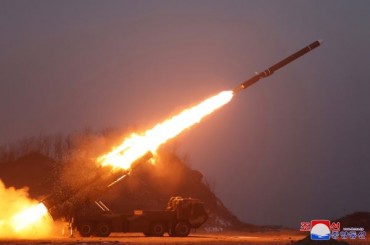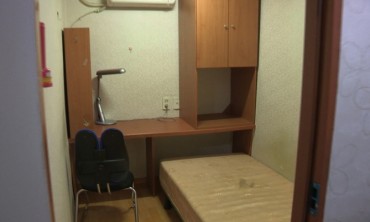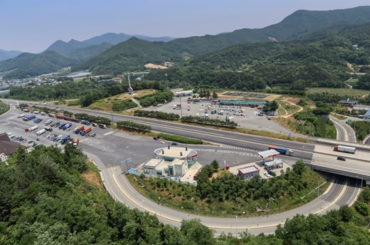SEJONG, Dec. 4 (Korea Bizwire) — With the COVID-19 outbreak spreading rapidly in recent days, energy consumption at residential buildings has increased, while that of non-residential buildings is dropping.
The Ministry of Land, Infrastructure and Transport said Thursday an analysis of building energy consumption for the second quarter of this year showed that patterns of energy consumption have changed compared to a year ago due to the spread of the coronavirus.
During this period, the energy consumption of residential buildings marked a 2.4 percent growth year on year, while that of non-residential buildings declined by 11.6 percent.
The ministry explained that this data can be interpreted as an indicator that people have been spending more time at home this year compared to a year ago.
Among non-residential facilities, the energy consumption of training facilities plunged by 68.4 percent year on year, while that of exercise facilities and culture & meeting facilities fell by 37.2 percent and 36.9 percent, respectively.
Roughly 50 percent of residential buildings relied on liquefied natural gas (LNG) as a main source of energy, followed by electricity at 37 percent.
In contrast, electricity served as the main source of energy for 72 percent of non-residential buildings, followed by LNG at 25 percent.
M. H. Lee (mhlee@koreabizwire.com)







